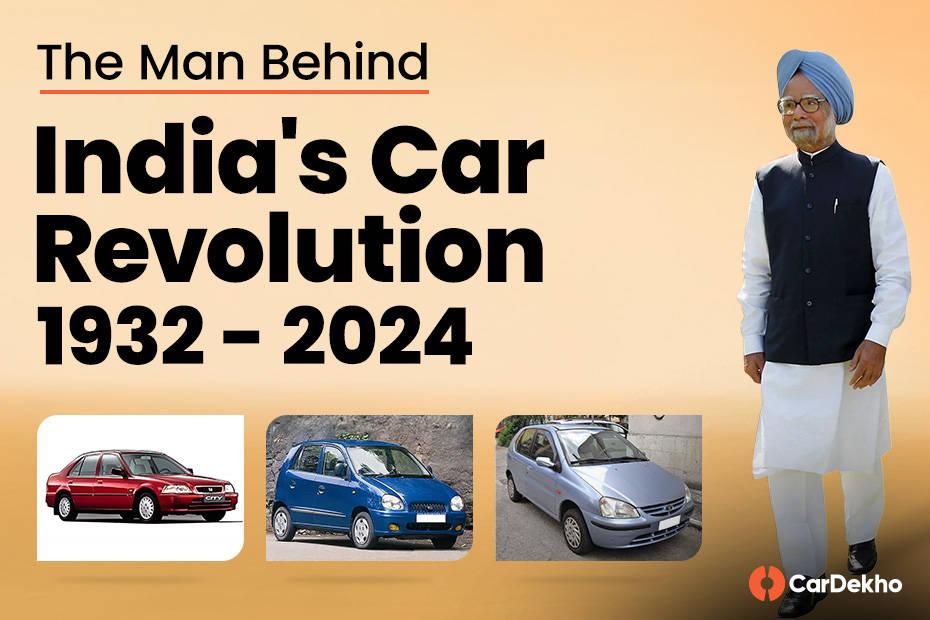Car wheel alignment explained
Modified On Oct 20, 2015 03:29 PM By Firdaus
- Write a comment
While driving have you ever noticed that even though you’re keeping the steering straight the car tends to drift towards the left or the right side; you feel that there is constant struggle with the steering wheel to ensure the car moves in a straight line. When we experience this we obviously attribute it to the wheel alignment of the car, but what does wheel alignment mean? And how is it imperative for a better driving experience and overall well being of your car.
What is wheel alignment?

Also Read: Connected cars for safer driving: Volvo Cars
Wheel alignment is simply the process of adjusting the front and rear suspensions to ensure the wheels of your car remain in the manufacturer recommended toe angle; by doing so one can prevent abnormal wearing of the tyres and maintain apt handling of the car. You car tends to go out of alignment usually when the suspensions are wearing out or if you’ve gone over some deep pothole, had an accident or any activity that can knock the suspension affecting the toe and camber.
When should you get your car’s wheel alignment checked?
- When you hit something hard, like a pothole, a kerb etc
- When you notice uneven wearing of tyres
- When your car’s steering wheel does not turn easily
- Your car’s steering wheel remains at an angle even when you’re driving in a straight line
- When you fit in new tyres
- When you change components of the suspension
Why is wheel alignment important?
Misaligned wheels affect the wear and tear of tyres. Normal alignment of cars is designed in a way to minimize the wear and maximize driver and passenger comfort. The correct alignment reduces the wear on the tyres, increasing their performance and life along with improving fuel economy. Correct alignment also aids in better handling and stability by reducing steering and stability problems.
Also Read: Smart interior on the GEA concept
How is wheel alignment done?
Correcting the wheel alignment involves adjust three components – toe in / toe out and camber. It barely takes 30 minutes and there are professionals who will do it for us after caliberating the exact angle required for your machine.
Camber
- Camber is the lean angle of the wheel away from the vertical, when viewed from the front/ facing the vehicle. If the wheel leans too far then uneven wear will occur.Positive camber is when the top of the wheel is leaning away from the car. Too much positive camber causes tyres to wear on the outside edge.
- Negative camber is when the top of the wheel is leaning in towards the car. Too much negative camber causes tyres to wear on the inside edge.
The camber angle is designed and adjusted for each vehicle to optimise the tyre’s behaviour on the straight and during a turn. If there is too much difference between the camber angles of the front wheels, the vehicle will tend to pull to one side.

Toe
Toe identifies the direction in which the tyres are pointing relative to the centre line of the vehicle. Toe is usually expressed as the difference in distance between the front of the wheels and the rear of the wheels on the same axle.
- Toe settings affect the handling characteristics of the vehicle and its straight line stability. Toe-in is when the front of the wheels on an axle are closer together than the rear of the wheels. If there is too much toe-in, the tyre tread will tend to wear more on the outside edges. The tread will also wear in a feathered manner which can be felt by running your hands across the tread of the tyre.
- Toe-out is when the rear of the wheels on an axle are closer together than the front of the wheels. If there is too much toe-out, the tyre tread will tend to wear more on the inner edges. The tread will also wear in a feathered manner which can be felt by running your hands across the tread of the tyre.

Another term often hear along with wheel alignment is wheel balancing. This is completely different from wheel alignment, however can be a part of alignment. In wheel balancing at times weights are added to a particular wheel to allow balancing which further permits the wheels to spin without unnecessary vibration.
Read More:










